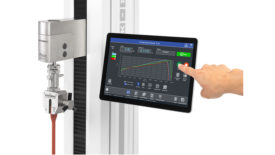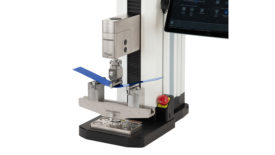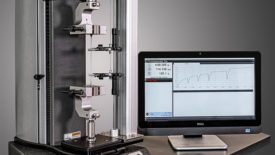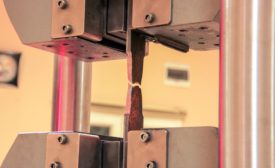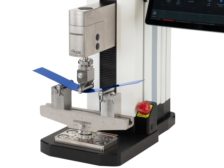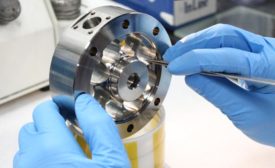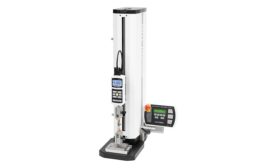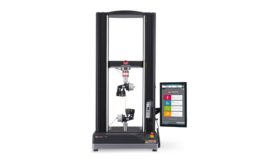Home » Keywords: » force measurement
Items Tagged with 'force measurement'
ARTICLES
NDT | Force Measurement
Force Measurement and AI: Predicting Product Failure
How AI improves the analysis of data acquired from force measurement to prevent future product or production failures.
March 14, 2024
NDT | Compression Testing
Understanding Compression Testing and Flexural Modulus, a Crucial Aspect of Material Strength Evaluation
Advancements in materials science and engineering breakthroughs are possible through the science of compression testing.
October 6, 2023
Test & Inspection
Determining if Force and/or Material Testing is Right for your Application
Your choice can be simplified by knowing what kind of information you need to collect.
March 9, 2023
NDT | Force Testing
Measuring Force Data in Extreme Conditions
Manufacturers want more data in the product development process to create better products, and they need solutions that can perform in any condition.
February 15, 2023
NDT | Force Testing
A Case for Distance Accuracy in Force Measurement
When in doubt, specify a force tester with the tightest and most complete distance accuracy specification necessary for the application.
October 11, 2022
Test & Inspection
Navigating Supply Chain Challenges with Force Testing
Recent advancements in force measurement equipment allow quality professionals to better handle unpredictable testing demands.
May 5, 2021
NDT
Selecting and Using a Force Measurement Device
Everything you need to know.
February 15, 2021
A guide to Force Measurement in Static Materials Testing
Force testing is the most fundamental element of materials testing and continues to be critical to the safety of the world around us.
October 6, 2020
Stay in the know with Quality’s comprehensive coverage of
the manufacturing and metrology industries.
eNewsletter | Website | eMagazine
JOIN TODAY!Copyright ©2025. All Rights Reserved BNP Media.
Design, CMS, Hosting & Web Development :: ePublishing

